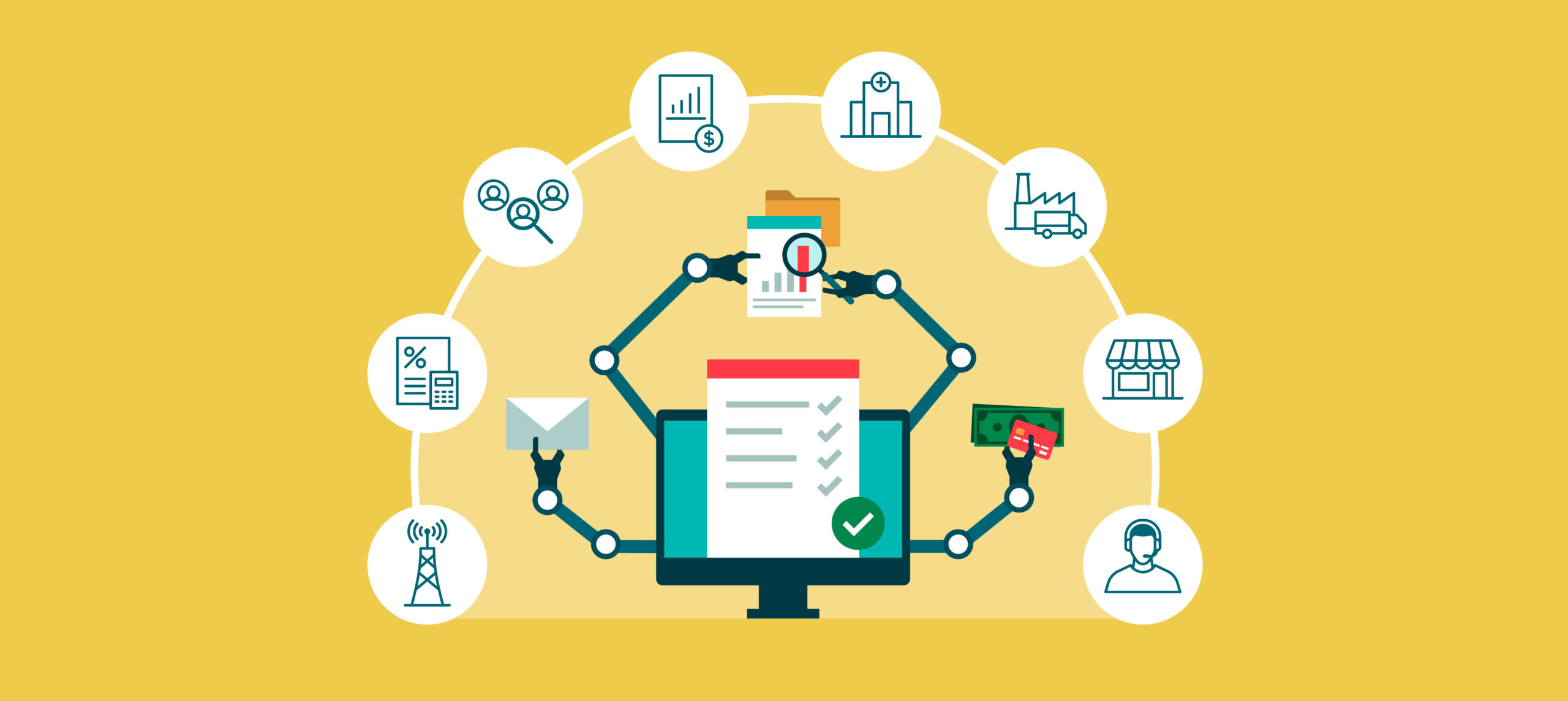In today’s rapidly evolving business landscape, the role of accountants is changing dramatically. With the advent of automation and technology, manual tasks are becoming increasingly obsolete. At the same time, the accounting profession is facing a significant shortage of accountants. According to a 2022 AICPA & CIMA study, 75% of public accounting CPAs will retire in the next 15 years. In addition to these baby boomers exiting the workforce, others are leaving as the traditional accounting requirements evolve from number crunching and data entry to analytical, strategic, and technology-oriented skills.
With the dwindling number of accountants, organizations are turning to technologies such as accounts payable automation to streamline their financial processes. Gartner reports that by 2025, 50% of B2B invoices will be processed and paid without manual intervention. This is good news for organizations as the Institute of Finance and Management (IOFM) reports that automation can reduce invoice processing times by up to 80% leading to cost savings of $16 per invoice. Let’s dive deeper into how these savings are achieved.
- Error Reduction: The risk of human errors in manual data entry is a critical concern for finance departments. Automation significantly reduces this risk, making improved accuracy the key driver for 2/3 of organizations that implement automation solutions.
- Automated workflows: When multiple people are involved in processing invoices, matching them to purchase orders, and approving them, automated workflows eliminate the need for email or paper-based processes.
- Visibility: Automation provides real-time visibility into the accounts payable process, allowing companies to have a better understanding of their cash position and financial obligations.
- Scalability: As businesses grow, so does the volume of invoices and financial transactions. Accounts payable automation systems can easily scale to handle increased workloads, ensuring that organizations can manage their finances efficiently as they expand.
- Improved Vendor Relationships: Automated accounts payable processes ensure that invoices are paid accurately and on time, enhancing vendor relationships. This can lead to more favorable terms and discounts for the organization.
- Integration with accounting and procurement systems: Automation solutions in accounts payable often integrate seamlessly with other financial systems, improving overall efficiency and reducing the need for manual data transfer.
- Cloud-based and mobile solutions: Cloud-based accounts payable automation solutions are becoming more popular, offering accessibility from anywhere and eliminating the need for on-premises infrastructure. These are often complemented by mobile solutions that support a distributed, remote, or traveling workforce.
- Artificial intelligence: Advanced technologies like AI and machine learning are used in accounts payable automation platforms to extract data from invoices, categorize expenses, and make payment approval decisions.
- Compliance and security: Automation tools can enforce policies and controls, reducing the risk of fraud or non-compliance and ensuring compliance with regulatory requirements.
As the number of accountants shrinks and the nature of accounting work changes, businesses are turning to automation to bridge the gap. Accounts payable automation is proving to be an invaluable solution, offering increased efficiency, reduced costs, and improved accuracy. In an era where adaptability is key, embracing automation in the accounts payable department is not just a choice but a necessity. It’s a strategic move to remain competitive, maintain strong supplier relationships, and navigate the changing landscape of the accounting profession.
Book a demo to learn more about how PaperTrl can help you can reduce invoice processing times by up to 80% leading to cost savings of $16 per invoice.

